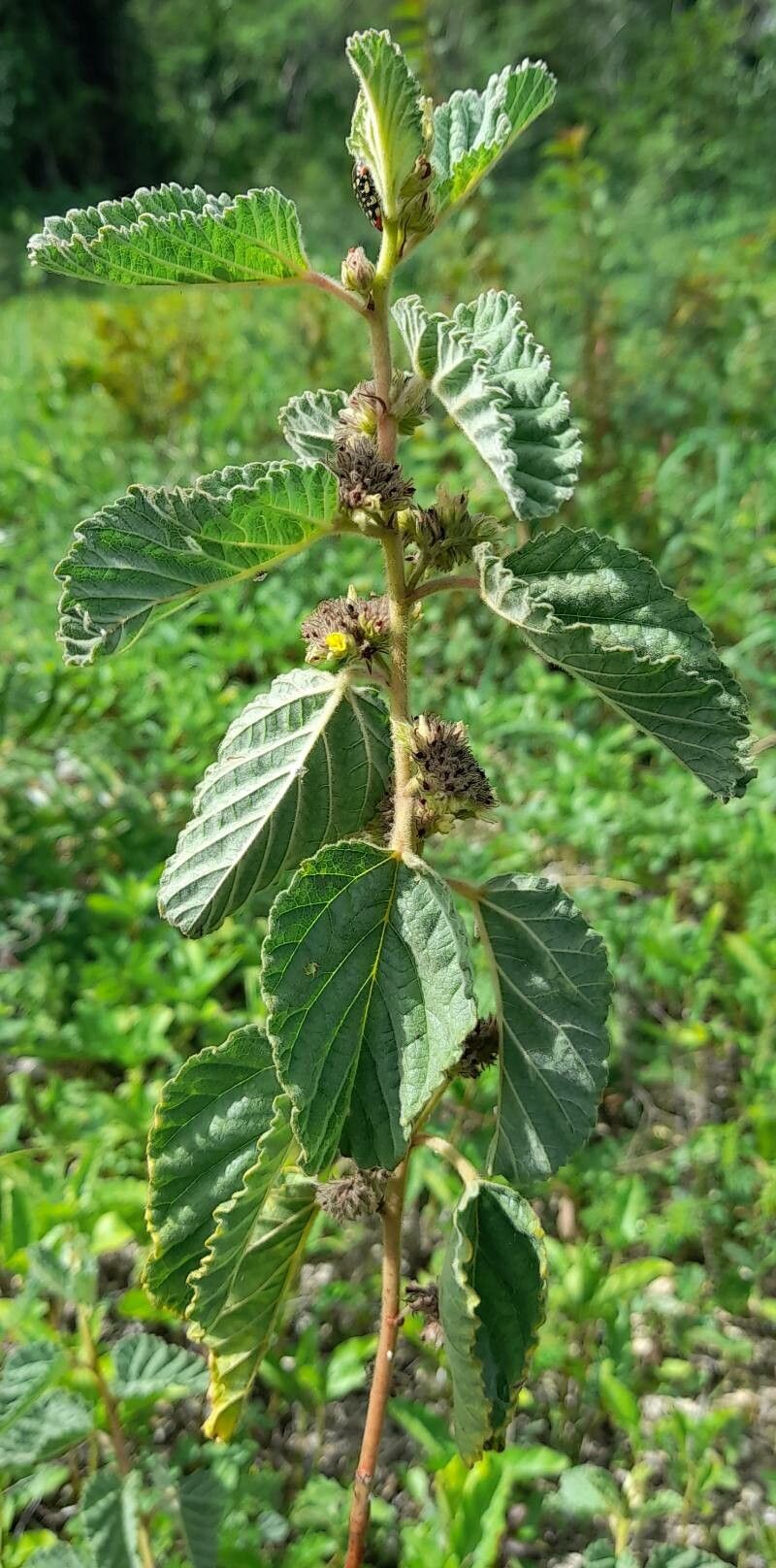### Shampoo Ginger: A Tropical Treasure
Shampoo ginger ( *Zingiber zerumbet*) isn't your average garden plant. This striking member of the Zingiberaceae family, related to ginger and turmeric, boasts vibrant foliage and unique, fragrant flowers. But its most intriguing feature? Its use as a natural shampoo! For centuries, cultures across Asia have utilized its rhizomes for their cleansing and conditioning properties. Let's delve deeper into this fascinating botanical wonder.
### Botanical Description
Shampoo ginger is a perennial herb, reaching heights of 3 to 6 feet. Its large, lance-shaped leaves are a vibrant green, creating a lush, tropical appearance. The flowers, borne on cone-shaped inflorescences, are typically white or pale yellow with a distinctive, spicy aroma. The rhizomes, the underground stems, are thick and fleshy, containing the lathering compounds that give this plant its unique name.
### Habitat and Growth
Native to Southeast Asia, shampoo ginger thrives in warm, humid climates. It prefers partial shade to full shade, making it an ideal choice for understory planting or areas that receive dappled sunlight. Well-draining soil rich in organic matter is crucial for healthy growth. While it tolerates a wide range of soil pH levels, it prefers slightly acidic to neutral conditions. Avoid planting in areas prone to waterlogging, as this can lead to root rot.
### Cultivation and Care
Propagating shampoo ginger is relatively easy. You can divide established rhizomes in spring or early summer. Plant the rhizome pieces, ensuring that each piece has at least one bud, at a depth of about 2-3 inches. Regular watering is essential, especially during dry spells, but avoid overwatering. Mulching around the base of the plant helps retain moisture and suppress weeds.
### Uses Beyond Shampoo
While its use as a natural shampoo is well-known, shampoo ginger offers more than just hair-washing benefits. The rhizomes have traditionally been used in various medicinal applications, although further research is needed to confirm these uses. Its attractive foliage also makes it a popular ornamental plant, adding a touch of tropical flair to gardens and landscapes.
### Potential Challenges
Despite its relatively easy cultivation, shampoo ginger can be susceptible to pests and diseases. Regular inspection for signs of pests or fungal infections is advisable. Prompt treatment with appropriate organic or chemical controls can help prevent significant damage.
### Conclusion
Shampoo ginger offers a captivating blend of beauty, practicality, and cultural significance. Whether you're an experienced gardener or a novice, incorporating this remarkable plant into your garden is sure to be a rewarding experience. Its unique properties, striking foliage, and ease of cultivation make it a truly exceptional addition to any garden.
Shampoo Ginger: Grow This Unique Plant!

Frequently Asked Questions
How to grow shampoo ginger?
Plant rhizome pieces (each with at least one bud) 2-3 inches deep in well-draining, organic-rich soil in partial to full shade. Water regularly, but avoid overwatering. Mulch to retain moisture.
What are the benefits of shampoo ginger?
Shampoo ginger is traditionally used as a natural shampoo and conditioner. It also has potential medicinal uses, though further research is needed. Its attractive foliage makes it a popular ornamental plant.


